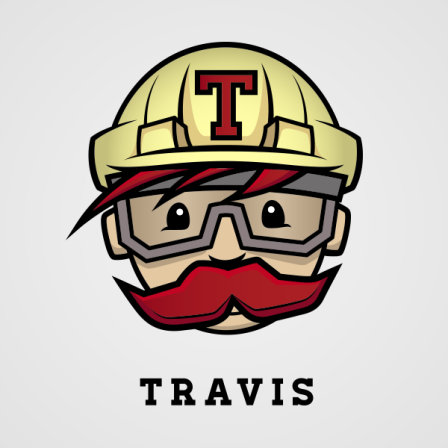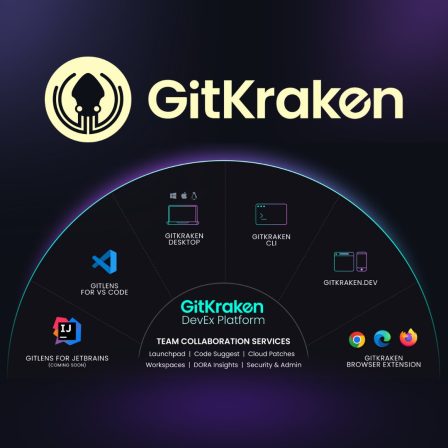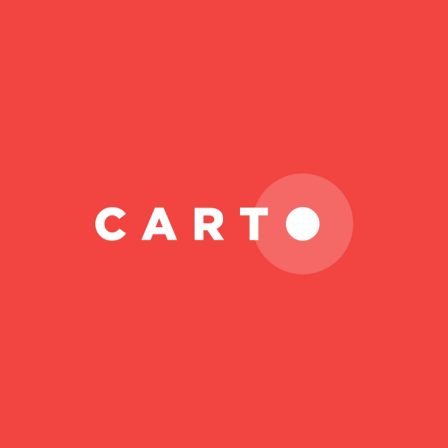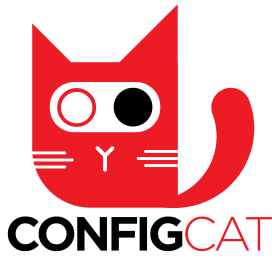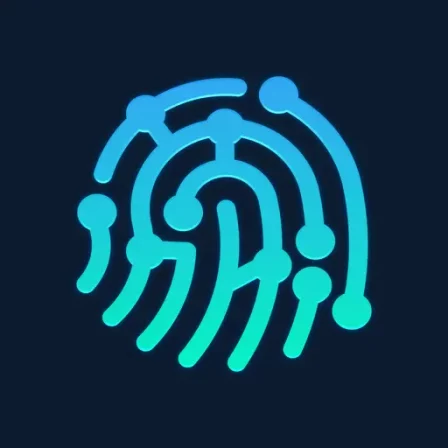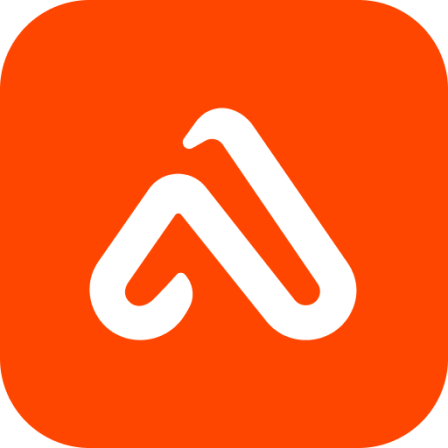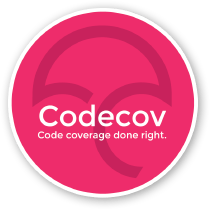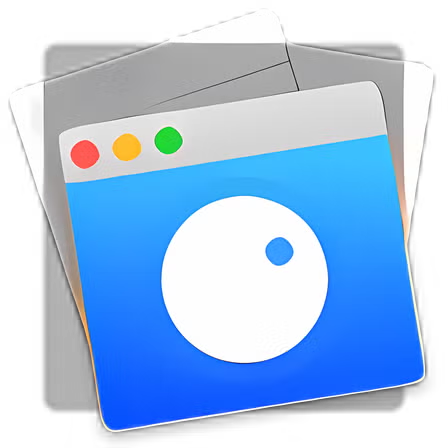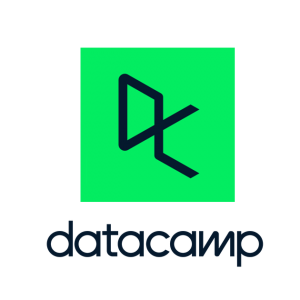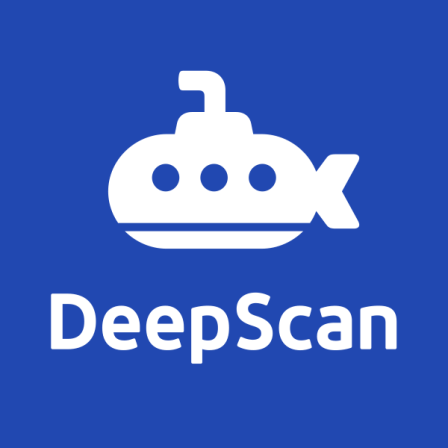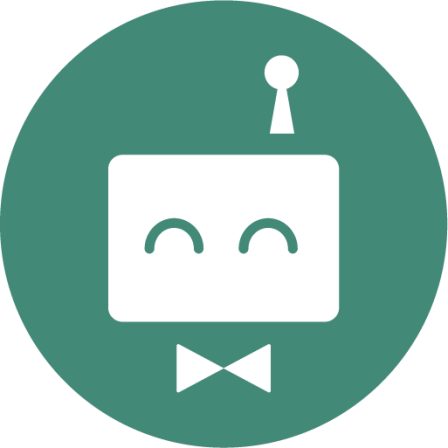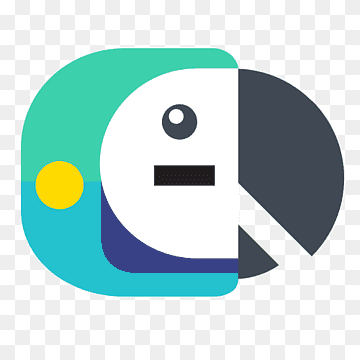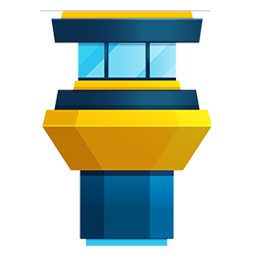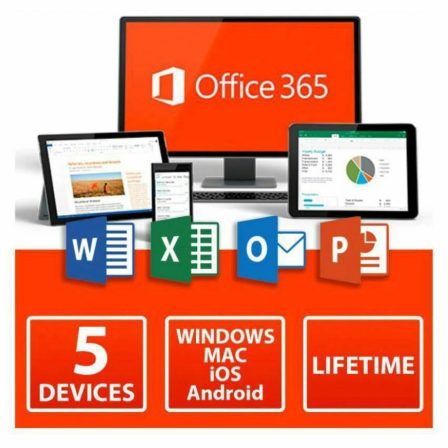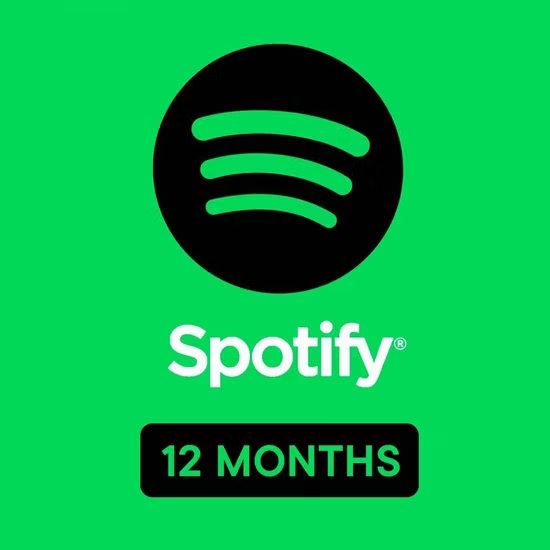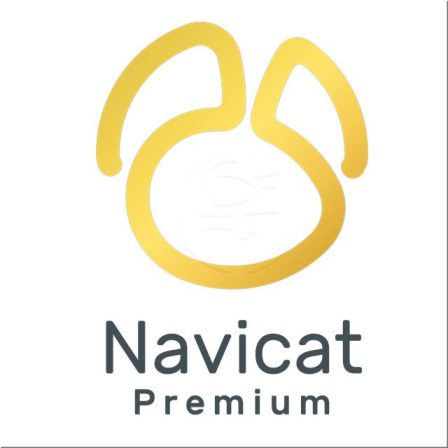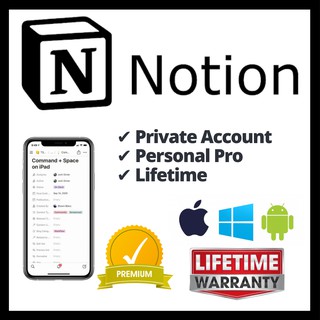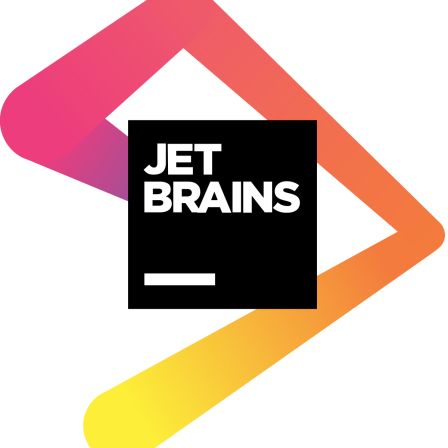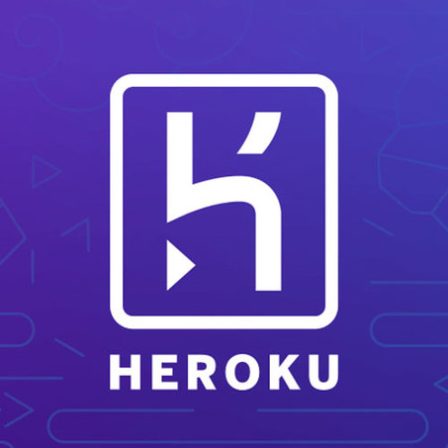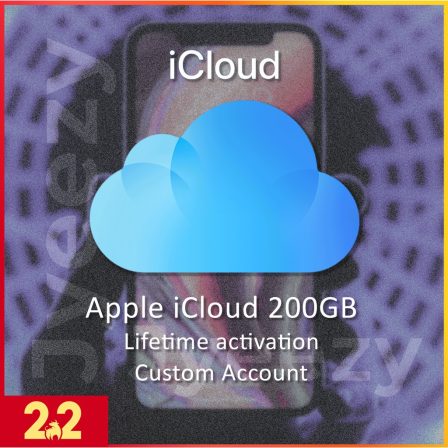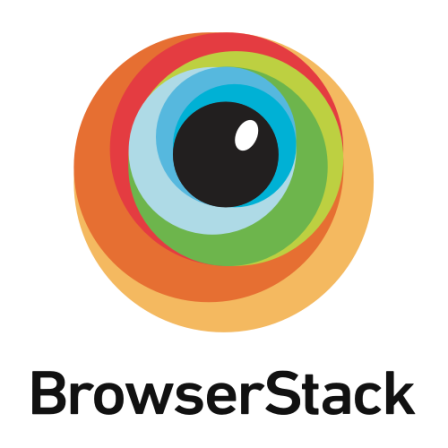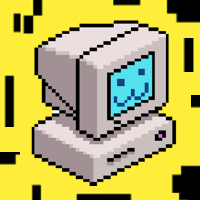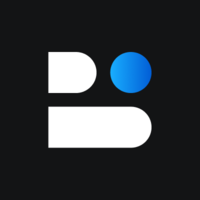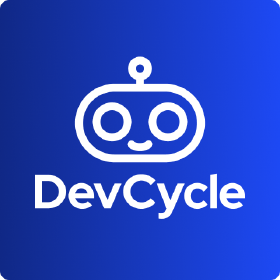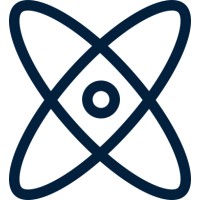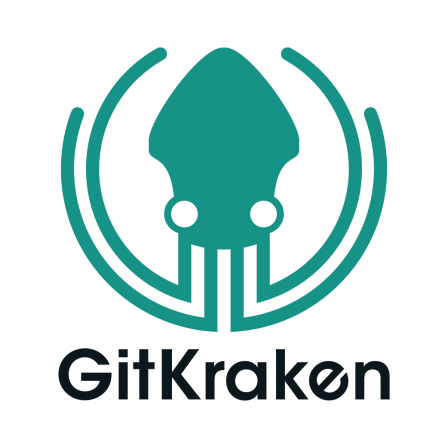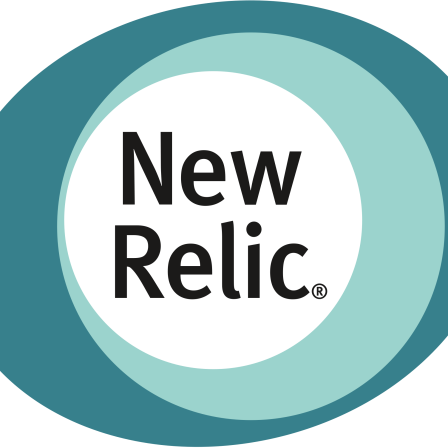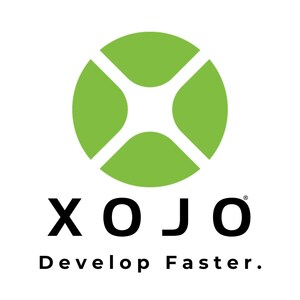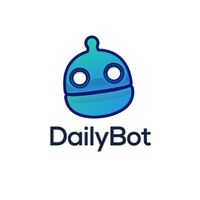There is no item in your cart
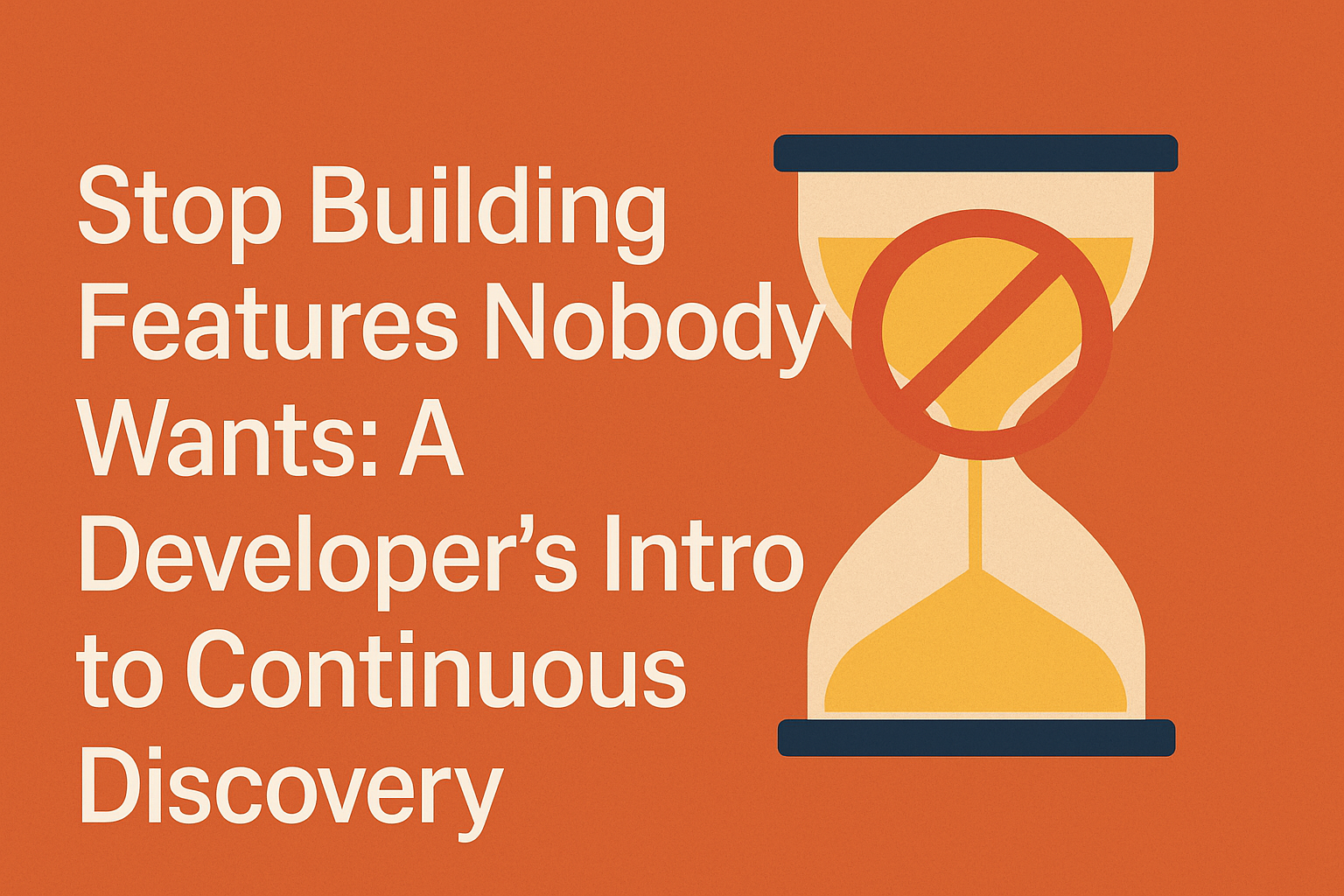
Stop Building Features Nobody Wants: A Developer’s Intro to Continuous Discovery
You spend two months building a complex new feature. You pour your energy into writing clean code, robust tests, and a polished UI. You deploy it and… crickets. The analytics dashboard shows almost no one is using it. What went wrong?
This painful scenario is all too common. We often build products based on assumptions, not evidence. The old model of a product manager handing down a list of requirements for developers to build is broken. A new, more collaborative and effective philosophy is taking its place: Continuous Discovery.
Continuous Discovery is the practice of frequent, small research and validation activities, done by the entire team—including developers—to ensure you are consistently building the right product for your users. This guide explains why this mindset shift is critical for developers.
From “Code Implementer” to “Product Builder”
The core idea of continuous discovery is to close the gap between developers and users. When developers deeply understand the user’s problem, they build better solutions. Your role evolves from someone who just implements tickets to someone who actively contributes to solving real-world user needs. This not only leads to better products but also to more fulfilling and impactful work.
Four Discovery Habits for Every Developer
You don’t have to be a UX researcher to practice discovery. Here are four simple habits you can start today:
- Participate in User Interviews: Ask to sit in on customer interviews. Hearing a user describe their pain points in their own words is infinitely more powerful than reading a second-hand summary in a Jira ticket.
- Prototype Before You Build: An idea that sounds great in your head might be confusing in practice. Before writing a line of production code, use a simple tool like [Visme] to create a quick visual mockup, or build a static HTML page to test the flow with a real user. Fail fast, fail cheap.
- Use Feature Flags as an Experimentation Tool: Don’t just “launch” a feature; run an experiment. Use a feature flagging platform like [DevCycle] to release a new design or feature to just 5% of your users. Measure their behavior. Does it improve the key metric you intended? This data-driven approach removes guesswork.
- Analyze the Data Yourself: Get comfortable with your analytics. Use a simple, privacy-focused tool like [Simple Analytics] to see how users are actually interacting with the features you’ve built. The data tells a story that can guide your next steps.
Conclusion
Continuous discovery is a collaborative sport. It transforms the development process from a linear factory line into an iterative loop of learning and building. By getting involved, developers reduce the risk of wasting weeks on features nobody wants, and instead, focus their expert skills on building products that truly make a difference.
Building products people want requires a deep understanding of your users and the right tools to test your ideas. From collaborating on insights in [Notion], to running experiments with [DevCycle], to analyzing results with [Simple Analytics], your toolkit is central to the discovery process. Explore the full suite of product and development tools at SMONE and start building with confidence.
